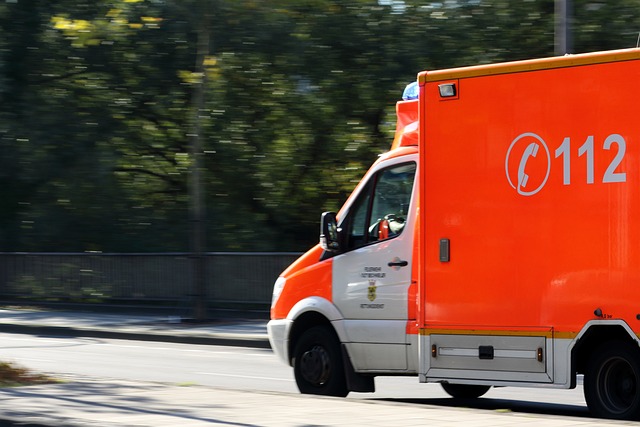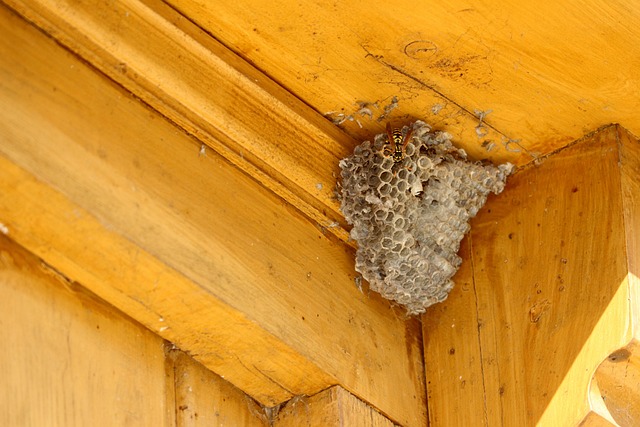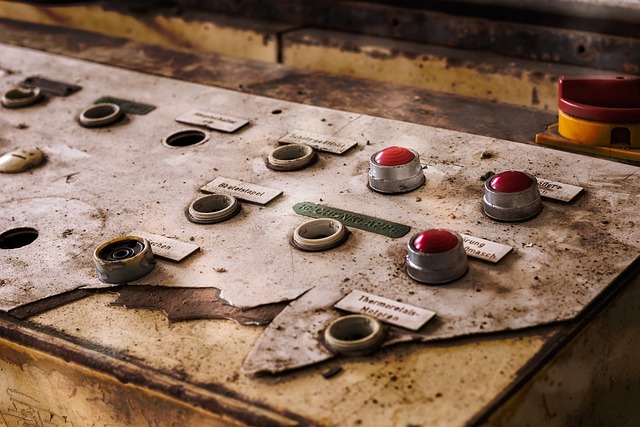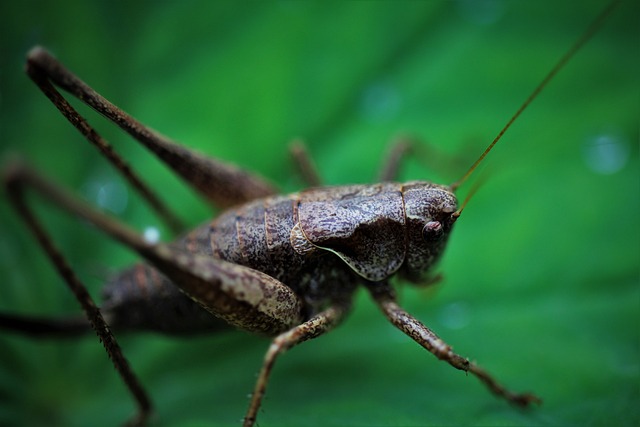In emergency pest control, swift action is vital to prevent rapid population growth, property damage, and health hazards. Professional services employ advanced equipment, treatments, and specialized expertise for effective containment and eradication, minimizing recurrence risks. Key components include immediate attention to time-sensitive issues, real-time communication software, specialized gear, safety protocols, post-assessment planning, follow-up visits, and preventative measures like regular inspections, sanitation, and Integrated Pest Management (IPM) approaches.
In the face of pest infestations, a swift response is key to minimizing damage and preventing the spread of harmful insects. Emergency pest control requires specialized knowledge and immediate action. This article explores critical aspects of rapid response strategies, from understanding urgent situations to implementing effective safety measures. We’ll delve into common pests demanding instant attention, the importance of quick reaction times, and best practices for efficient removal using specialized equipment. Discover how proactive communication and post-response follow-up contribute to comprehensive emergency pest control solutions.
Understanding Emergency Pest Control Situations

In emergency pest control situations, swift action is paramount. Pests like rodents, insects, or invasive species can multiply rapidly and cause significant damage to properties and health hazards if left unchecked. Understanding the urgency involved is crucial in effective emergency pest control. Time-sensitive issues require immediate attention to prevent further complications and costs.
These scenarios often demand a specialized approach due to the potential risks associated with certain pests. Professional emergency pest control services are equipped to handle these situations, utilizing advanced equipment and treatments to mitigate the issue promptly. Their expertise ensures that the problem is not just addressed but also effectively contained and eradicated to avoid recurrence.
The Impact of Quick Response Times

In the realm of emergency pest control, swift response times are pivotal. When pests invade homes or businesses, immediate action can prevent infestations from escalating and becoming more challenging and costly to manage. Every hour that passes allows pests to multiply, spread, and cause further damage, increasing the need for intensive treatment methods. Quick response teams equipped with specialized tools and knowledge can swiftly assess the situation, pinpoint the scope of the issue, and implement targeted solutions, ensuring a more effective and efficient resolution.
Delve into the world of emergency pest control, where time is truly of the essence. Rapid response not only saves properties from significant structural damage but also safeguards health and well-being by minimizing exposure to hazardous pests like rodents, termites, or invasive insects. This proactive approach fosters a peaceful and secure environment, ensuring that businesses and residences remain free from unwanted intruders and their potential risks.
Common Pests Requiring Immediate Attention

When it comes to emergency pest control, certain pests demand immediate attention due to their potential damage and health risks. Termites, for instance, are known as silent destroyers, infiltrating homes undetected and causing substantial structural harm over time. Their swift and relentless nature makes them a top priority for urgent pest control measures.
Other common pests that require rapid action include rodents like rats and mice, which can cause extensive property damage and pose significant health hazards with their droppings and potential disease transmission. Bed bugs, too, are notorious for their quick reproduction rates and ability to spread across homes and buildings, making them a pressing issue in emergency pest control scenarios. Prompt action is crucial to mitigate these pests’ impact and ensure a safe living environment.
Effective Communication for Rapid Deployment

Effective communication is a cornerstone of swift and efficient emergency pest control deployment. In high-pressure situations, clear, concise messaging ensures that every team member understands their role and responsibilities. This involves utilizing specialized software to relay critical information in real-time, allowing for quick decision-making and rapid response. By establishing robust communication channels, emergency pest control teams can navigate complex scenarios with minimal delays, ensuring customer satisfaction and effective treatment outcomes.
Moreover, proactive communication strategies enable the coordination of resources, including specialist personnel and equipment. This seamless integration facilitates a swift and coordinated response, enabling technicians to handle even the most severe pest infestations effectively. In the fast-paced world of emergency pest control, where time is of the essence, robust communication stands as a key differentiator between contained issues and widespread problems.
Specialized Equipment for Efficient Removal

In the realm of emergency pest control, specialized equipment plays a pivotal role in ensuring swift and efficient removal. Professional exterminators are armed with cutting-edge tools designed to tackle infestations promptly, minimizing damage and disruption. From advanced suction devices that trap pests effortlessly to precise aerosol applications for targeted treatment, these tools enable experts to navigate challenging environments effectively.
Specialized equipment not only enhances speed but also improves the accuracy of pest control measures. Exterminators can reach hard-to-access areas with ease, ensuring no nook or cranny is left untreated. This level of precision is crucial in emergency scenarios, where swift action and effective coverage are paramount to preventing the rapid spread of pests and preserving the integrity of affected spaces.
Safety Measures During Emergency Operations

When dealing with an emergency pest control situation, safety is paramount. Professionals must wear protective gear, including gloves, goggles, and suits designed to withstand potential hazards. This equipment safeguards both the technicians and the residents, preventing exposure to harmful chemicals or diseases. In such high-pressure environments, clear communication and well-coordinated teams are essential. Technicians follow strict protocols to ensure every step is executed safely, from initial assessment to pest eradication and final decontamination.
Emergency operations require a swift yet calculated response. Trained personnel use specialized equipment and methods tailored for urgent situations. This includes quick-acting insecticides, traps designed for efficiency, and innovative technologies aimed at minimizing disruption while maximizing effectiveness. The goal is to resolve the issue promptly without compromising safety, ensuring a secure environment for everyone involved.
Post-Response Assessment and Follow-Up

After an initial emergency pest control response, a thorough post-assessment is crucial. This involves inspecting the affected area to understand the extent of the infestation and identify any potential entry points or further risks. It’s during this phase that our experts pinpoint specific treatment areas and develop a tailored plan for long-term prevention.
Follow-up visits are scheduled to ensure the success of the intervention. These check-ins allow our team to monitor the environment, verify the elimination of pests, and adjust treatments if necessary. By maintaining open communication with clients, we guarantee that any recurring issues are promptly addressed, offering peace of mind and effective emergency pest control solutions.
Preventive Strategies for Future Emergencies

Preventative measures are key in managing and mitigating future emergency pest control situations. Regular inspections and maintenance play a vital role in identifying potential entry points for pests, allowing for swift action. By eliminating sources of food, water, and shelter, often found in neglected areas or improper waste management, you significantly reduce the likelihood of an infestation. Simple practices like sealing gaps, repairing cracks, and ensuring proper sanitation can act as strong deterrents.
Additionally, staying informed about local pest trends and adopting an integrated pest management (IPM) approach is beneficial. IPM involves monitoring environments, using cultural, biological, and chemical methods to control pests, and promoting sustainable practices. This proactive strategy not only reduces the need for emergency interventions but also minimizes the environmental impact of traditional pest control methods.
